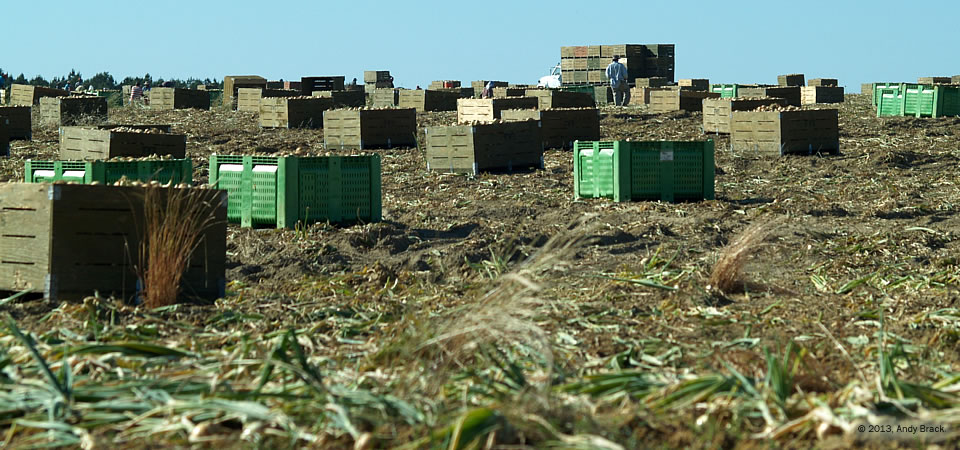
This clothesline in rural Allendale, S.C., represents more than drying laundry in the full sun to get that “fresh” smell and feel. It is a reminder that a lot of people in distressed counties prefer saving money by letting the sun do its work on clothes than spend a dollar at a laundry mat to get them dry.
Allendale County with just under 10,000 people is one of South Carolina’s smallest counties, but also its poorest. With just over 40 percent of people living at or below the poverty level, the median household income is about $23,000 a year — half of South Carolina’s average and well below the nation’s $50,000 average.
- More about Allendale County from QuickFacts from the U.S. Census.
Photo by Michael Kaynard, May 2013. All rights reserved.










